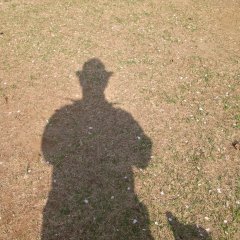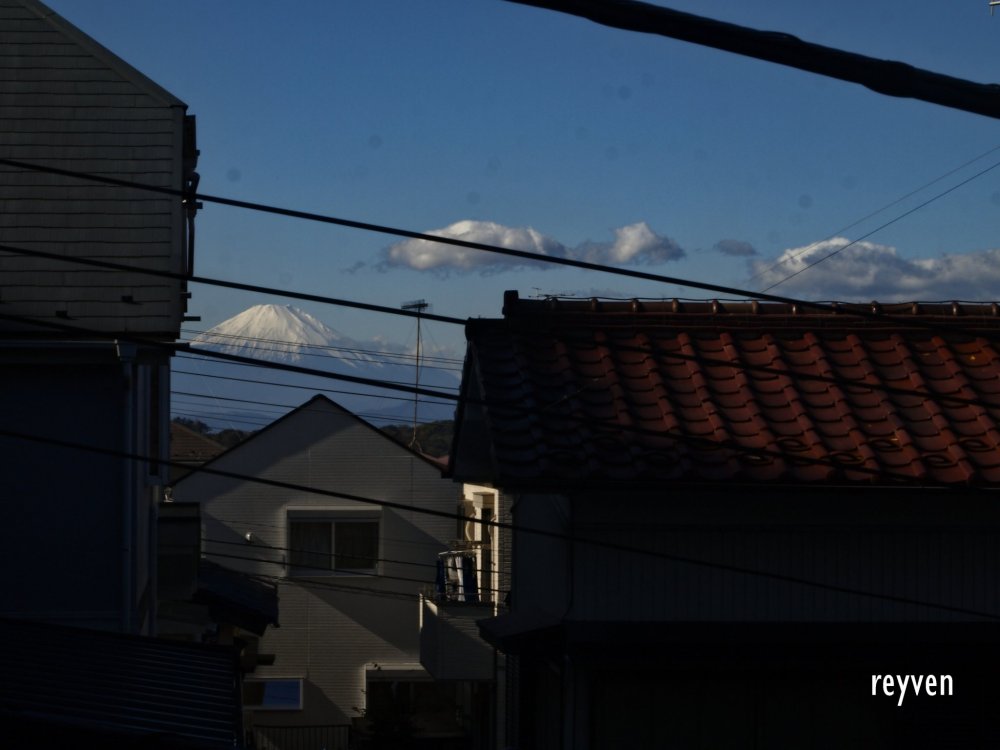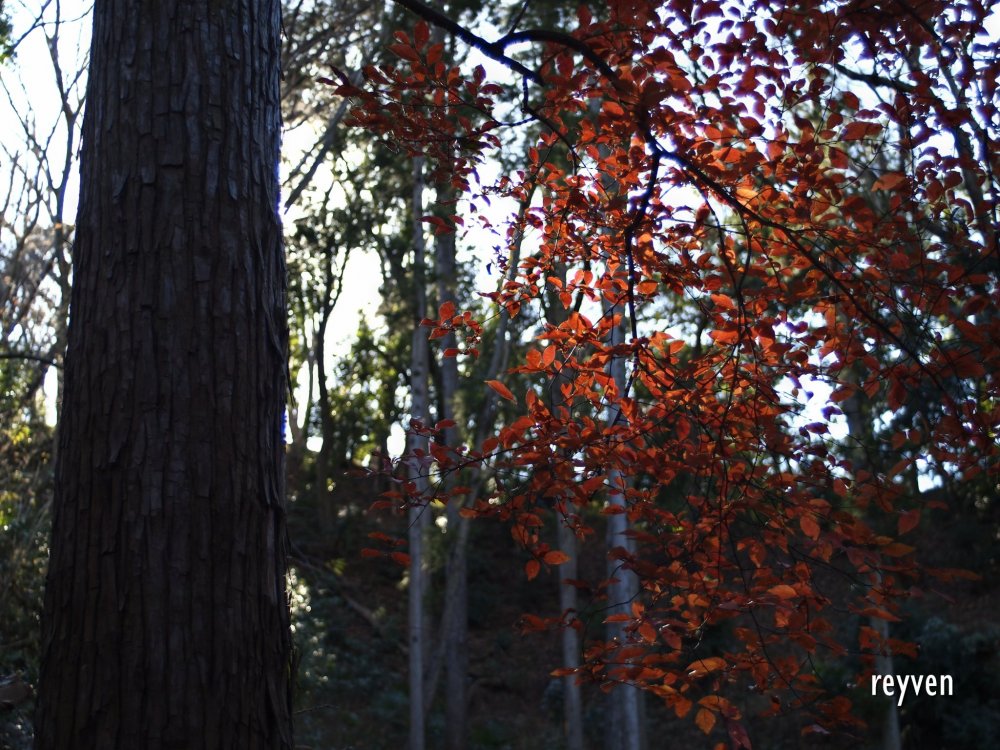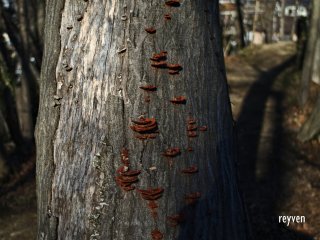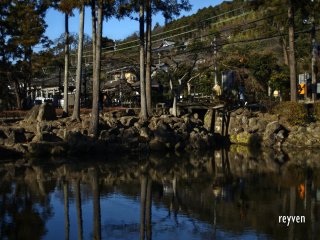After eating ozoni for lunch on the second day of the Year of the Tiger, I decided to take a photo-walk to test out a recently resurrected 10-year old Olympus EP-2 mounted with a vintage 43-year old Canon New FD 28mm f/2.8. It's been a few years since I've used them and I wondered whether they could still take good pictures or not.
A quick note for photography buffs. There was one technique I wanted to try with this particular marriage between digital camera body and analog/classical lens: the Aperture Priority Mode (APM). I set the PASM dial to ‘A’ – which means once the aperture (F-stop) and ISO (this time 100 on a sunny day) have been decided, you only need to worry about the shutter speed (S).
A final tech note. APM is usually chosen to control the depth of field – shallow or deep (the illusion of distance between foreground and background). I usually employ this technique to create a rich texture and a detailed background. However, a classical lens mounted on a digital body is not a union made in heaven. There are a lot of small issues to be resolved. To make them compatible, some hocus-pocus is needed. In other words, lots of trial and error.
Now, back to the story. From my residence, I walked with freedom and leisure towards Ofuna. I had nothing with me but an old junk of a camera. After two hours of walking, I was not expecting my feet would bring me to Jochi-ji, a Zen temple built in 1281 in Kita-kamakura. It was my first visit and had never heard or read about this place before.
It was love at first sight. When I arrived, it was bathed with the afternoon golden light. Since there were only a few visitors, I was able to photograph the maple leaves, moss, and shadows without being bothered or without bothering others. The temple was practically mine. At a bench, sitting across a maple tree, I took a pause; I recited my new year’s prayer in solitude and peace.
Exiting through a low bamboo gate, a vegetable vendor was waiting close by. He was selling bottles of honey, cauliflowers, and daikon. He offered me a slice of red daikon; I could not refuse. He said it was from Miura. I tried it. It had a good bite and pungency. Since I was walking, I chose a long one as it was easier for me to hold. The big ones were huge, round and cost JPY200. Across the daikon vendor was an ambulant cafe in a minivan. I requested a cup of hot Brazilian brew; the aroma was soothing. It was JPY400. Meeting these two vendors, in keeping with the New Year’s spirit, I thought that I should at least contribute a little to their sales.
I continued walking with the daikon under my left armpit, a cup of hot coffee in my right hand, and a camera dangling around my neck. I followed the road, and it eventually led me to the city center of Kamakura. I snapped a few more pictures.
It was already dark when I arrived home. I had walked for four and a half hours. When I checked the temple's website, I discovered that the great master of cinema, Ozu Yasujiro [Tokyo Story (1953)], [Equinox Flower (1958)] had lived in the compound of the temple. I was touched. Today, I thought to myself that I had met the spirit of Ozu... and it was a privilege.
Reviewing the pictures that I had taken with the vintage lens and the retiring digital camera, ‘Hmmm,’ I comforted myself, ‘It ain’t so bad.’
